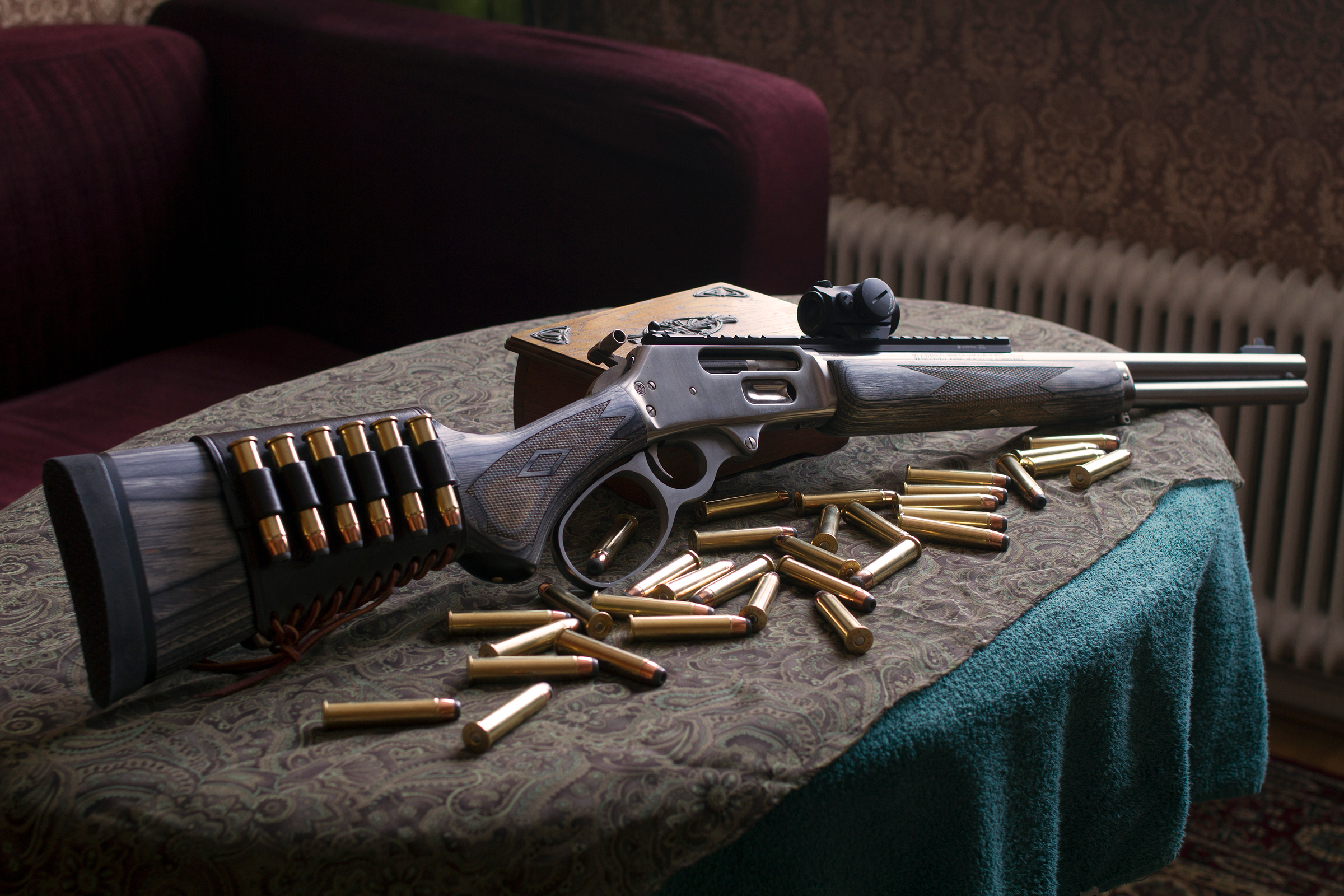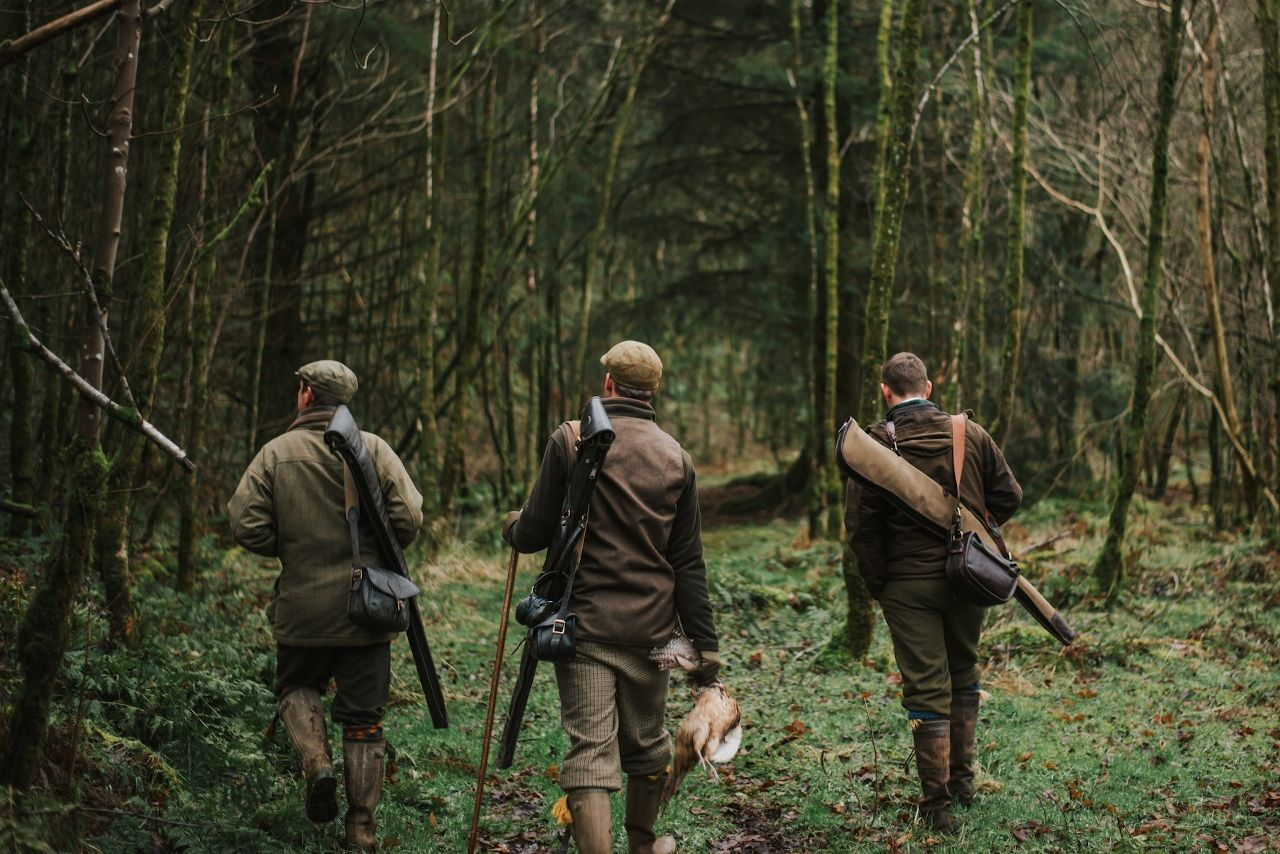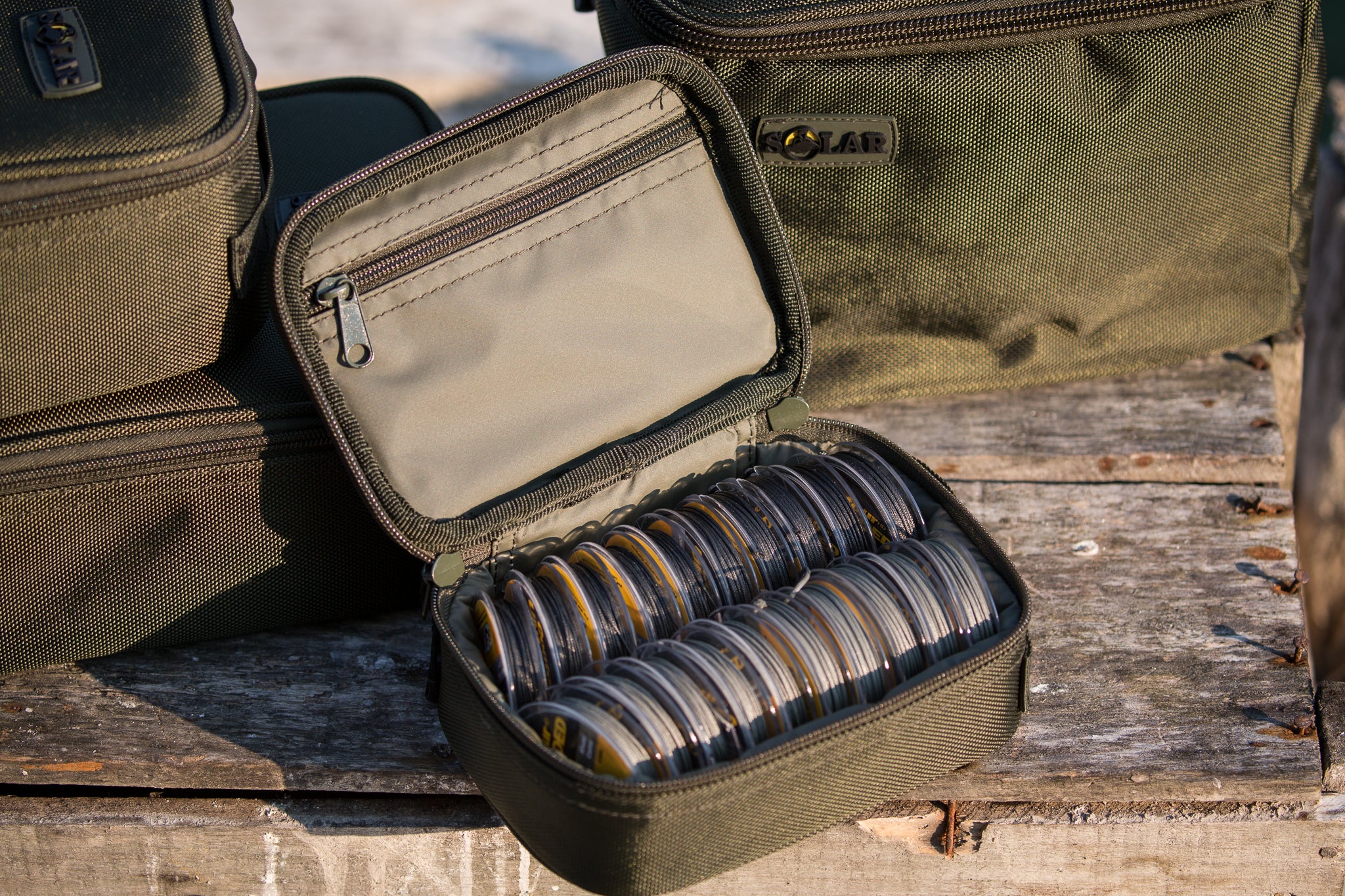How to Improve Accuracy When Hunting in Windy Conditions?
Every hunter knows that wind can turn a perfect shot into a complete miss. Unlike calm-weather hunts, windy conditions force you to adjust not only your technique but also your mindset. Mastering accuracy in the wind separates seasoned hunters from frustrated beginners.
Here’s how to improve your shooting accuracy when hunting in windy conditions.
How to Improve Accuracy When Hunting in Windy Conditions?
Understand How Wind Affects Your Shot
Wind doesn’t just push the bullet or arrow off course—it influences trajectory, stability, and energy.
-
Crosswinds (from the left or right) deflect your shot most dramatically.
-
Headwinds (from the front) slow your projectile down, slightly lowering its point of impact.
-
Tailwinds (from behind) can make your shot hit higher than expected.
Knowing these basics is the first step to adapting in the field.

Learn to Read the Wind
Professional hunters treat the wind as part of the hunt. To anticipate its effects:
-
Watch how grass, leaves, and branches move.
-
Use wind indicators such as powder, lightweight tape, or even dust.
-
Pay attention to shifting gusts—wind often changes speed and direction near treelines, ridges, or valleys.
The more you practice reading wind signs, the better you’ll predict your shot’s behavior.
Adjust Your Shooting Technique
Small adjustments can make a huge difference in accuracy.
-
Hold steady: Focus on firm but relaxed posture; tension reduces control.
-
Aim slightly into the wind: “Kentucky windage” (holding off-center) is an age-old technique.
-
Control your breathing: A calm, steady release minimizes outside influence.
-
Shorten your shot distance: If conditions are extreme, get closer instead of forcing a long shot.

Choose the Right Gear
Your equipment plays a big role in windy accuracy.
-
For rifle hunters:
-
Use heavier bullets; they resist wind drift better.
-
Opt for optics with windage adjustment features.
-
-
For bowhunters:
-
Shorter, heavier arrows provide more stability.
-
Broadheads with smaller cutting diameters perform better in strong gusts.
-
Investing in wind-resistant gear can significantly increase your consistency.
Practice in Realistic Conditions
Shooting at the range on calm days won’t prepare you for the wild. To improve:
-
Train outdoors in different weather conditions.
-
Practice estimating hold-offs at various distances.
-
Simulate hunting positions—kneeling, prone, or using natural rests like trees.
The more you expose yourself to real-world conditions, the more natural accurate shooting will feel.

Final Thoughts
Windy conditions don’t have to ruin your hunt—they can sharpen your skills. By learning how wind works, adjusting your shooting technique, selecting the right gear, and practicing in challenging environments, you’ll improve accuracy and confidence.























